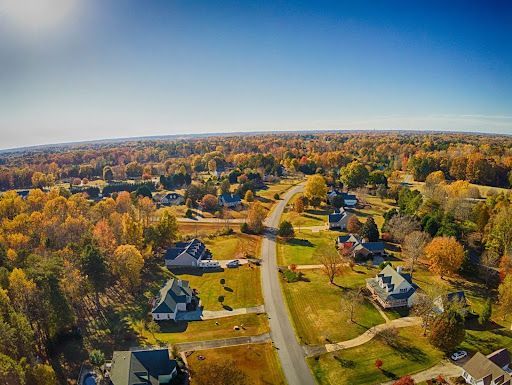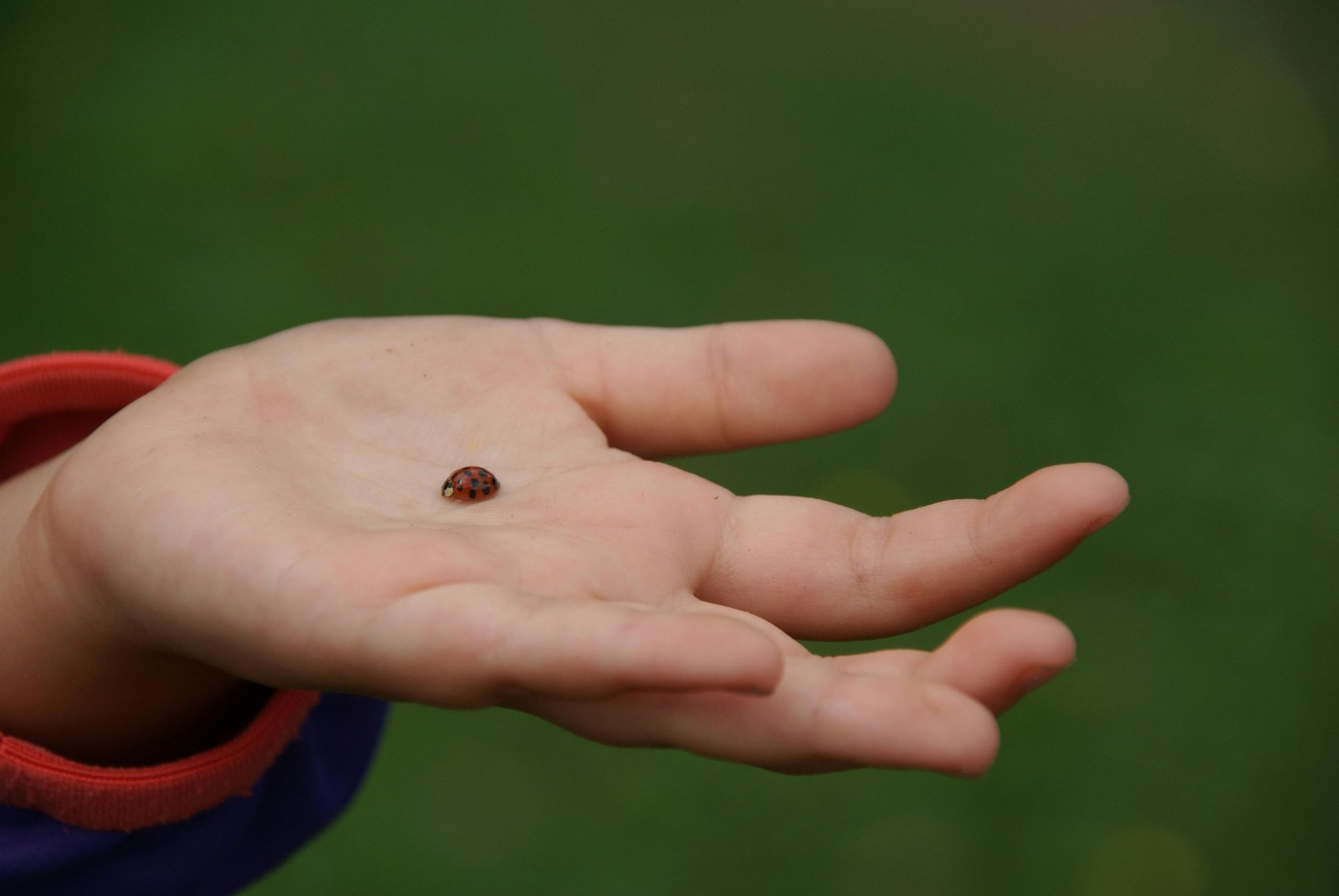Autumn Pest-Proofing Tips for Nevada Homes: A Comprehensive Guide
As autumn approaches, homeowners in Nevada face unique challenges in keeping pests at bay. This guide provides a comprehensive overview of practical tips to prevent pests from infiltrating homes during the fall season. Explore simple yet effective strategies to safeguard your home and maintain a pest-free environment.
Autumn in Nevada: Understanding the Seasonal Shift in Pest Behavior
As the vibrant leaves of autumn begin to blanket the landscapes of Nevada, a less picturesque seasonal change is occurring in the world of pests. The onset of cooler temperatures and the preparation for the coming winter months triggers a natural shift in the behavior of pests, leading to a notable increase in home invasions. Understanding this shift in pest behavior is essential for Nevada homeowners looking to keep their homes safe and secure during the fall.
The biological reasons for increased pest activity during autumn are rooted in the survival instincts of these creatures. As the outdoor environment becomes less hospitable, pests such as rodents, spiders, and various insects seek refuge in the warmer, more stable conditions found within human dwellings. This quest for shelter is often accompanied by the search for food sources, as many pests stockpile resources to survive the winter months. Consequently, homes in Reno, Sparks, Carson City, and other Nevada communities become prime targets for these pests.
To safeguard against autumn pest invasions, it's crucial to identify the most common
culprits in Nevada. Rodents, like mice and rats, tend to be the most noticeable, as they leave behind droppings and can cause damage to property in their search for nesting sites. Spiders, while often harmless, can become a nuisance as they enter homes to escape the cold, setting up webs in corners and undisturbed areas. Various insects, including ants, cockroaches, and boxelder bugs, also increase their presence in homes during the fall, drawn in by the warmth and potential food supplies.
Recognizing the types of pests prevalent in the area is the first step in autumn pest control. For residents of Reno and surrounding Nevada areas, the shift in pest behavior with the changing seasons is a natural phenomenon. However, by understanding the biological impulses driving this increase in activity, homeowners can more effectively prepare and protect their homes from unwanted guests.
As the autumn months approach, being vigilant about pest control becomes more vital than ever. The subsequent sections of this article will delve into the signs of pest infestation and offer actionable tips for keeping your home pest-free during this critical time.
Signs of Pest Infestation: What Nevada Homeowners Need to Know
As the autumn season unfolds in Nevada, homeowners should be on high alert for signs of pest invasions. Early detection is not just beneficial; it's crucial for preventing the spread of full-blown infestations that can be difficult and costly to eradicate. From subtle to obvious, the indicators of a pest problem can vary, but knowing what to look for can significantly mitigate the risks to your home and health.
Presence of Droppings
Mice and rats also have a tendency to gnaw on objects, so damaged wires, furniture, or walls could be a warning of their presence. Similarly, insects such as cockroaches leave droppings, which are small and dark, resembling coffee grounds. Ants might be easier to spot as they tend to follow trails to and from food sources, making their presence more noticeable.
Unusual Noises
Rodents moving through attics, wall cavities, or between floors can produce scratching or scuttling sounds. It’s imperative for homeowners to investigate these signs, as pests like rodents not only carry diseases but can cause significant damage to your home's structure.
Checking for pests in hard-to-reach places is essential for early detection. Use a flashlight to inspect behind appliances, inside basements, attics, and even within the recesses of closets or pantries. Pests such as spiders and certain types of insects prefer dark, undisturbed spaces to make their nests, so a thorough search could reveal hidden infestations.
Understanding The Consequences of Pest Infestations
According to the Centers for Disease Control and Prevention (CDC), rodents can directly transmit a variety of diseases, while the droppings and shed skin of cockroaches can trigger allergies and asthma. Early identification of pest infestations is key to maintaining a safe and healthy home environment, especially during Nevada's autumn season. By staying vigilant and knowing what signs to look for, homeowners can take swift action to mitigate these unwanted visitors.
Keeping Your Home Pest-Free: Tips and Strategies
With the arrival of autumn in Nevada, homeowners find themselves facing the annual battle against pests seeking refuge from the cooling temperatures. However, keeping these unwelcome guests at bay involves more than just vigilance; it requires a strategic approach to home preparation and maintenance. This section will offer several eco-friendly and effective strategies for safeguarding your home against pests during the autumn months and beyond.
The first line of defense against a home invasion is ensuring that pests cannot gain entry in the first place. This involves a detailed inspection of the exterior of your home for any cracks, holes, or gaps that might serve as entry points for pests. Sealing these potential entryways with caulk, steel wool, or appropriate sealants can significantly reduce the likelihood of pests finding their way inside. Pay special attention to areas where utility lines enter the house, as these are commonly overlooked entry points for smaller pests.
Proper yard maintenance is another critical aspect of pest control. Fallen leaves, overgrown bushes, and unkempt lawns can provide ideal breeding grounds and shelter for pests. Regularly raking up leaves and disposing of them properly, trimming bushes and trees away from your home, and keeping the grass short can deter pests from settling in your yard and eventually making their way into your home.
The disposal of autumn leaves deserves special attention. While it might seem harmless to let fallen leaves accumulate, they can create a moist, sheltered environment that is attractive to pests. Instead of allowing leaves to pile up against your home's foundation, where they can invite pests and potentially lead to moisture problems, gather and dispose of them promptly, or consider composting them in a location away from your home's perimeter.
Regarding eco-friendly pest control methods, there are several options homeowners can explore. Natural repellents, such as peppermint oil for rodents or diatomaceous earth for insects, can act as deterrents without the use of harsh chemicals. Introducing natural predators to your garden, such as ladybugs to control aphid populations, can help manage pest levels in an environmentally friendly way. For more guidance on environmental pest control methods, the Environmental Protection Agency (EPA) offers a wealth of resources at [EPA's Safe Pest Control](https://www.epa.gov/safepestcontrol).
Autumn in Nevada is a beautiful season that should be enjoyed without the worry of pests invading your home. By taking proactive steps to seal up potential entry points, maintaining your yard, properly disposing of leaves, and using eco-friendly pest control methods, you can enjoy a pest-free home and the peace of mind that comes with it. Remember, prevention is key. Taking these steps now can save you considerable time, effort, and expense by preventing pest invasions before they begin. Happy autumn, and here's to a peaceful, pest-free season.
Ready to keep your Nevada home pest-free this autumn? Get started with our comprehensive guide to pest-proofing! For expert assistance and top-quality pest control solutions,
contact Natura Pest Control today.




